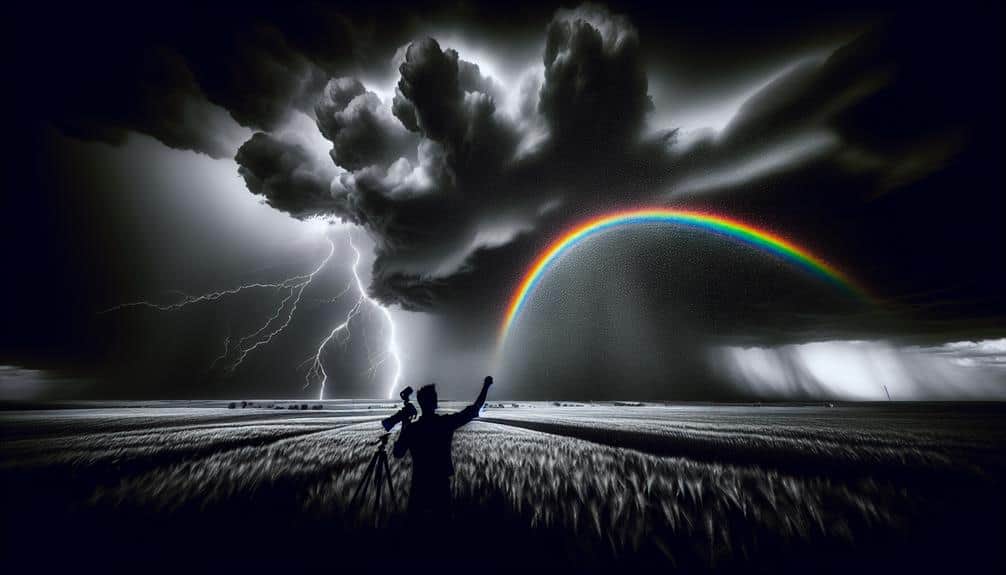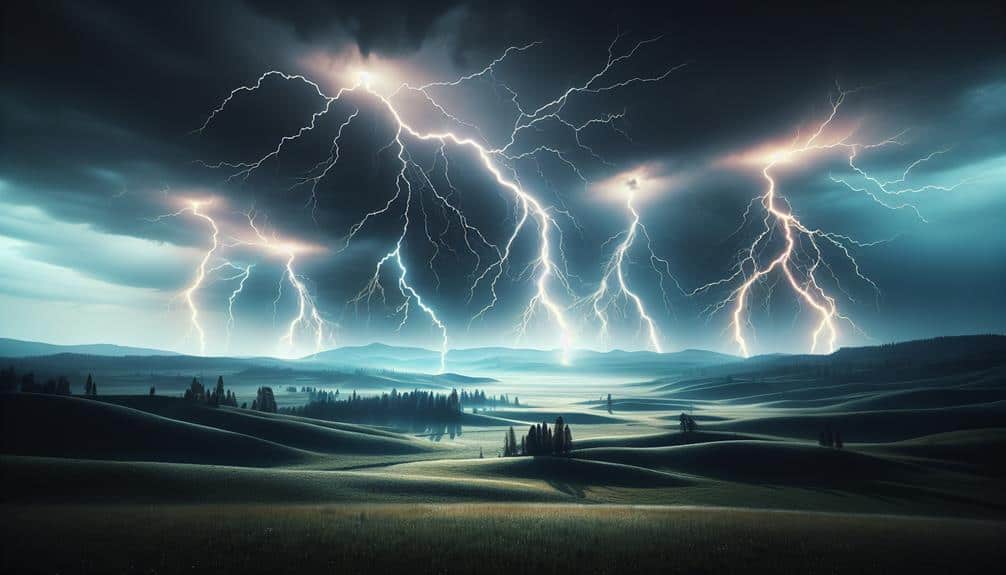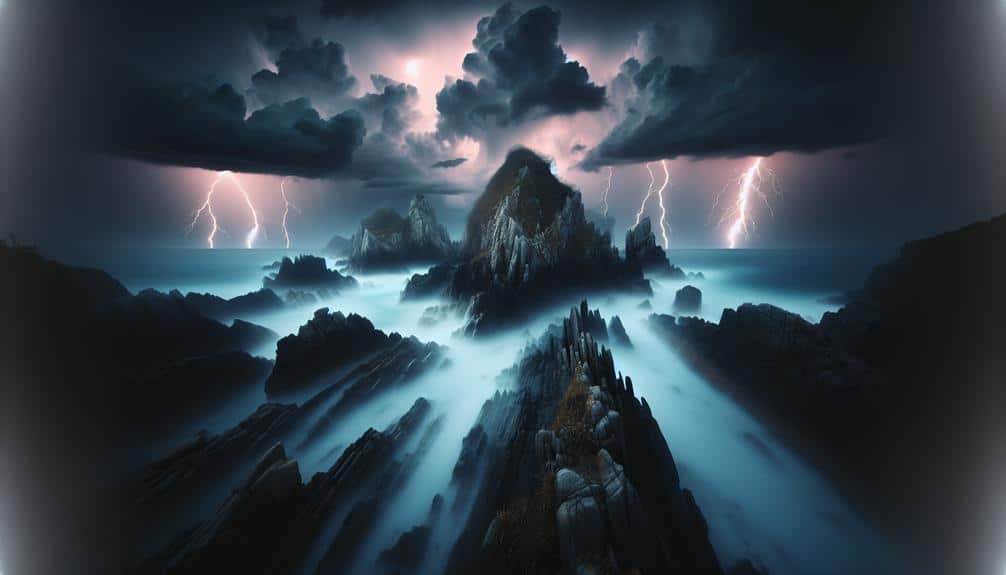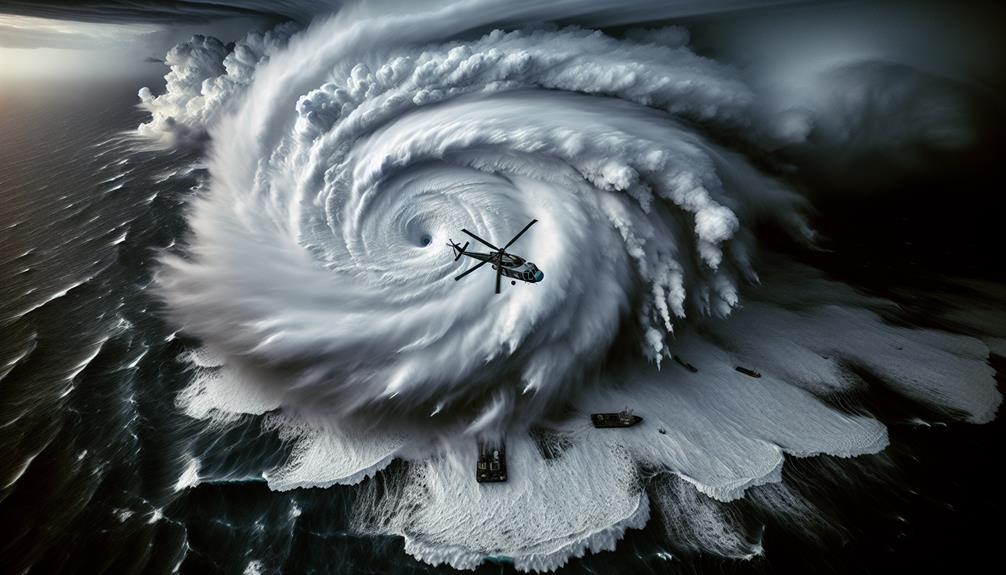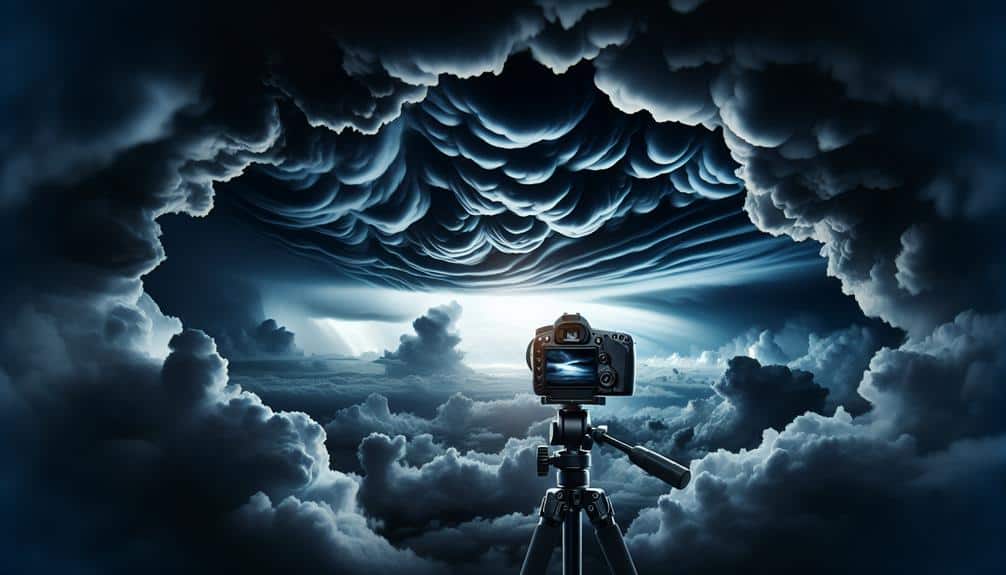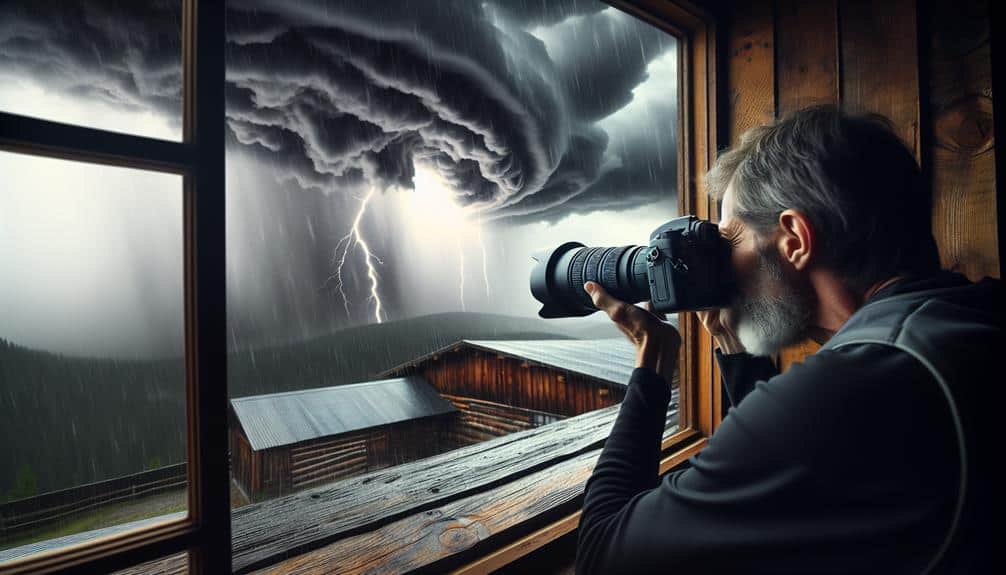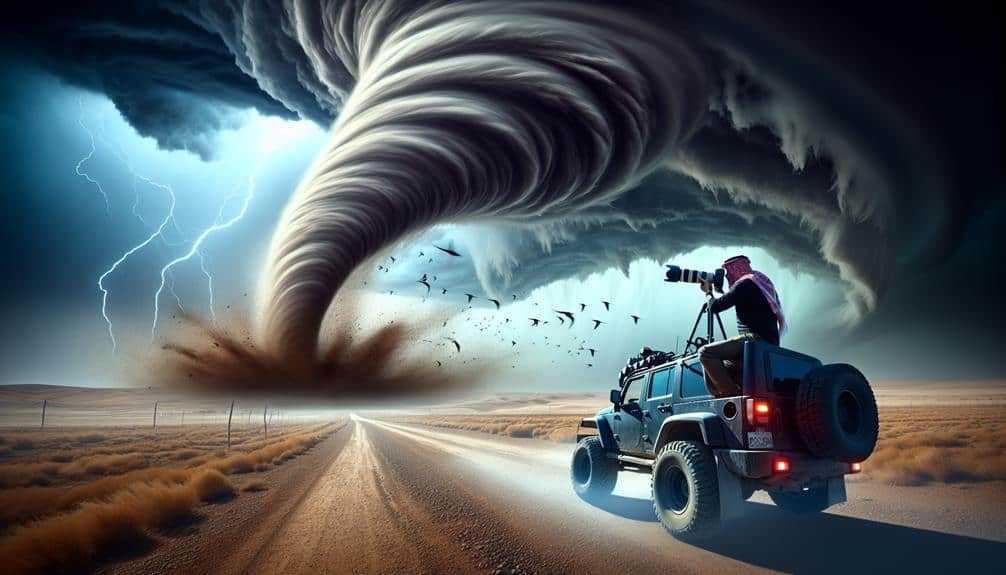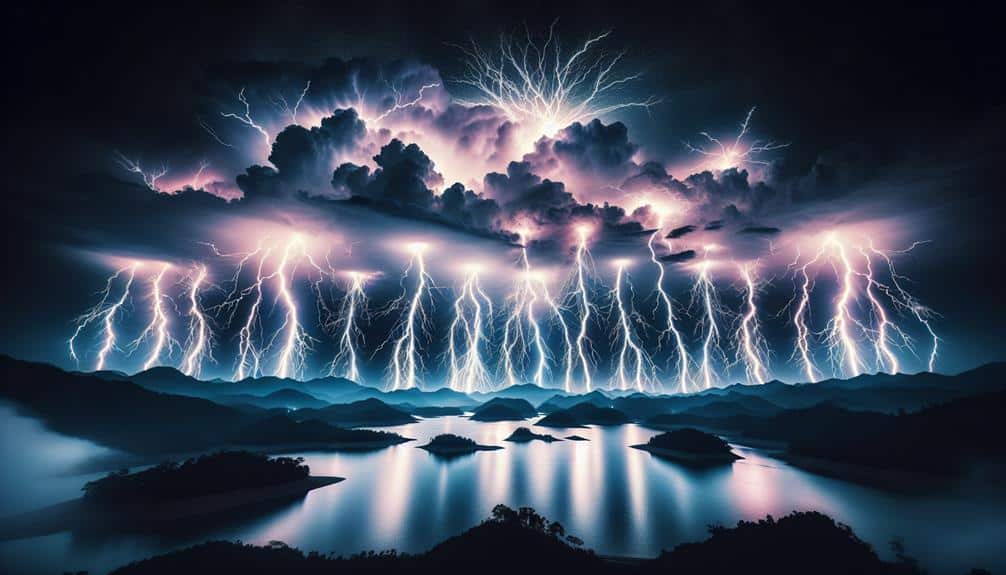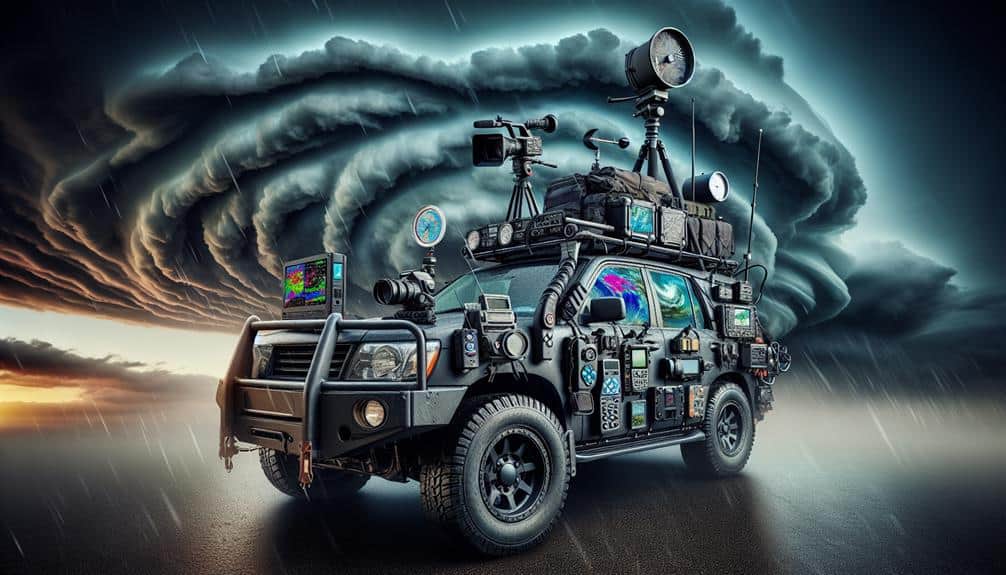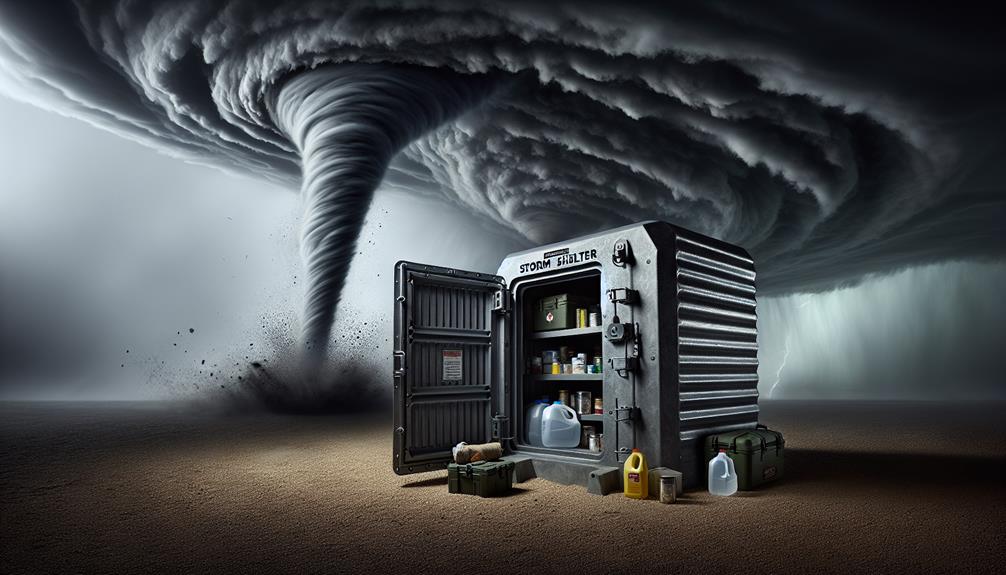Capturing Rainbows: A Storm Chaser's Perspective
As storm chasers, we harness advanced meteorological tools and techniques to capture the fleeting beauty of rainbows. By analyzing atmospheric conditions, such as humidity and wind patterns, we pinpoint the best times and locations for photographing rainbows. Polarizing filters reduce glare while optimal camera settings enhance color capture. Our safety is paramount, so we equip […]
Capturing Rainbows: A Storm Chaser's Perspective Read More »
